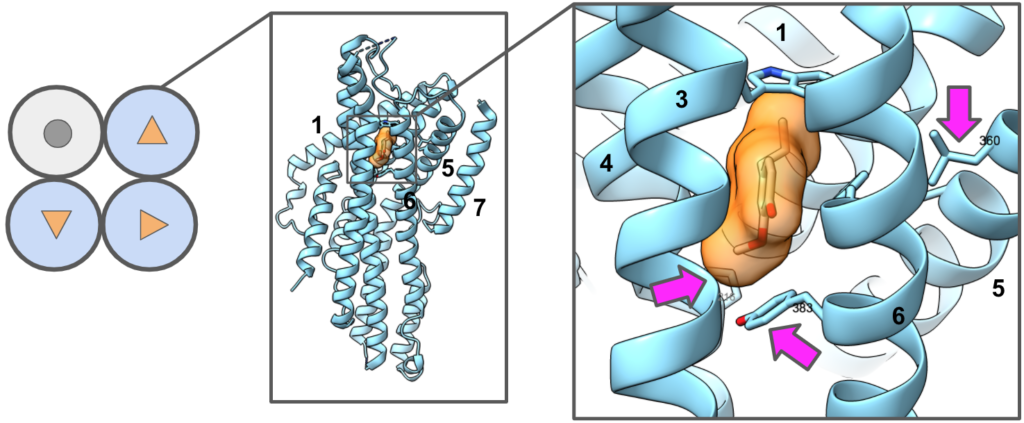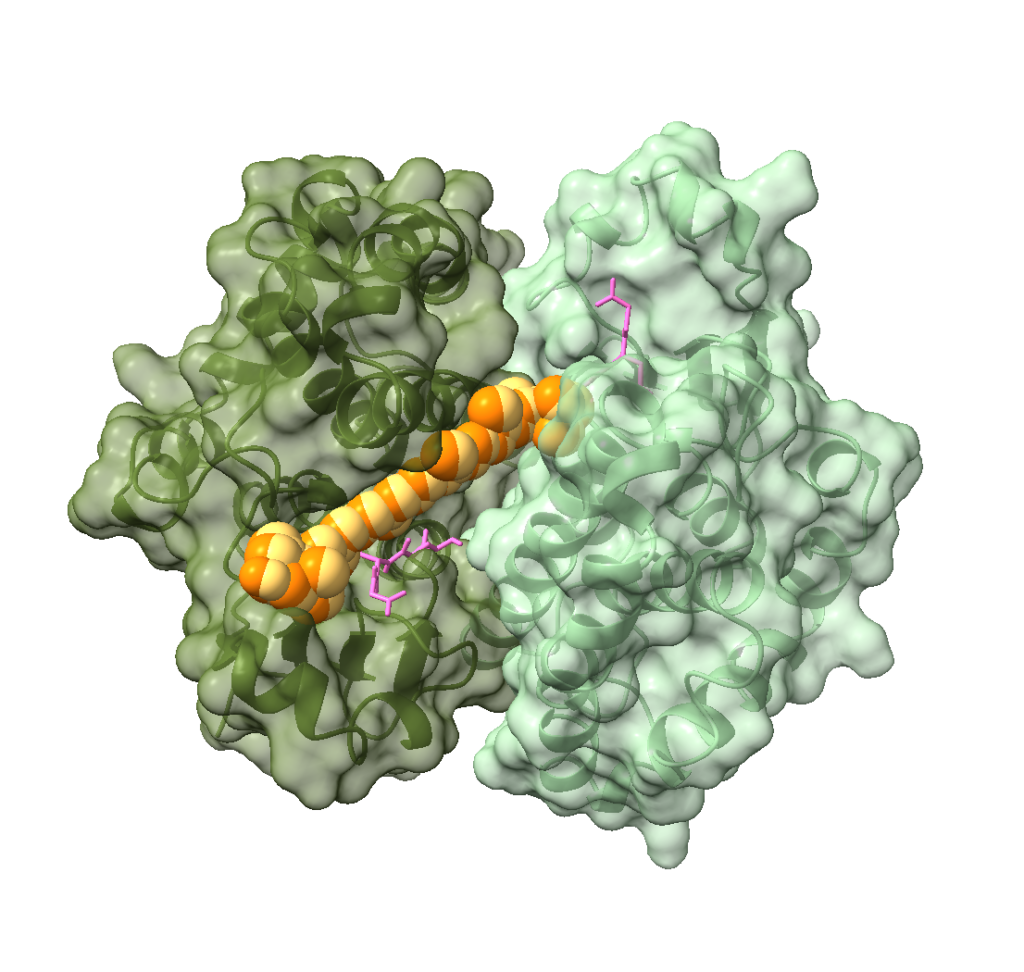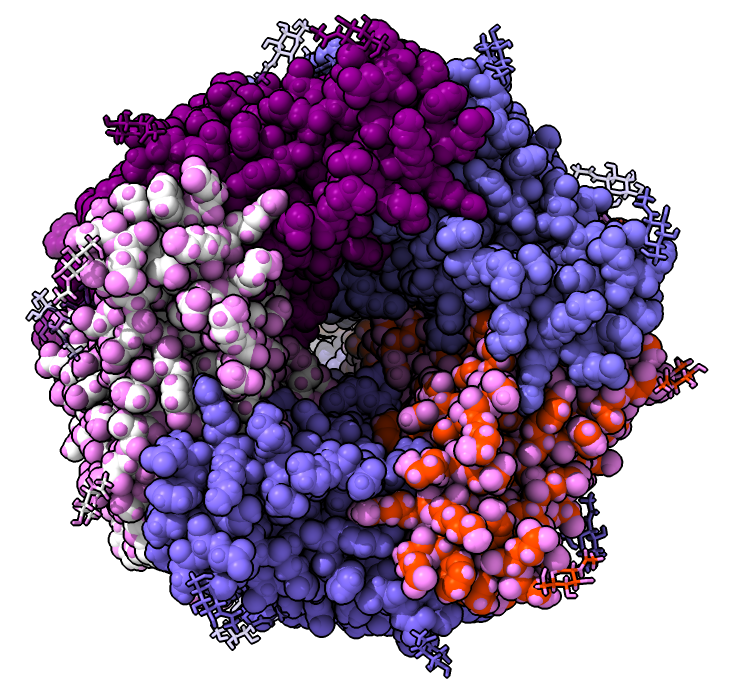Research Summary
Structural Biology & Biochemistry. My research explores how proteins work, and how molecular interactions establish emergent properties of specificity, allostery, and catalysis. With x-ray crystallography, I obtained structures for DNA enzymes with DNA, including the first structure of a single-stranded DNA-protein complex found at the telomere. With Cryo-EM I aim to build structures for membrane proteins. My expertise helps my colleagues think about biological systems in terms of molecular mechanisms.
DNA Repair Enzymes
DNA repair enzymes protect our genome from attack. Think Guardians of the Galaxy, but at the molecular level. We study the structure, mechanism and evolution of base excision repair enzymes, especially MutY in bacteria and its mammalian homolog MYH. MutY belongs to a large family of enzymes that scan the DNA in our cells for potential problems and resolve those before they turn into mutations. In collaboration with Dr. Sheila David (UC Davis) we have puzzled out how MutY stabilizes its transition state and developed a chemical mechanism for this amazing enzyme. In collaboration with Dr. William Brazelton (University of Utah) we are testing whether microbes living at the hydrothermal fields also use MutY as bacteria do at the surface of Earth.


Insect Odorant Receptors
Insects have an amazing ability to find their way in a complex changing environment relying mostly on what people would call smell. However, insects are much better at detecting more chemicals (e.g. odorants and sex pheromones) at larger distances than, for example, humans. The superpower of insects to detect chemicals can be a destructive force as for pine bark beetles that attack forests, and it can be a source of environmental balance as for pollination of plants. The project will apply two methods: (1) computational modeling and (2) biochemistry. A team of scientists comprising biologists and computer scientists at the University of Utah will collaborate to build machine learning architectures (models and algorithms) to understand how insect proteins detect chemicals in the environment. The objective is to open the door for advances in machine learning to harness the large data sets from whole genome sequencing to build a foundation for future applications in biotechnology related to insects.
Ocular Carotenoid-binding Proteins
Carotenoids are fat-soluble pigment molecules, becoming increasingly well-known for their phytochemical properties associated with various health benefits. As potent antioxidants and photoprotective agents, carotenoids have vital structural and diverse functional roles in both plants and humans, especially ocular health. The macula lutea, the region responsible for central vision, is uniquely concentrated with xanthophyll carotenoids. Xanthophylls, lutein and zeaxanthin, have specific binding proteins (StARD3 and GSTP1, respectively) within the macula. The accumulation of meso-zeaxanthin is suspected to be mediated by RPE65 through an isomerization reaction of lutein. Using both a computational and biochemical approach to explore the transport, absorption, and stabilization of carotenoids within the human eye. This project is in collaboration with the Bernstein Lab of the Moran Eye Center.


Nicotinic Acetylcholine Receptors
The Neuropathic pain project focuses on the alpha-9 nicotinic acetylcholine receptor and a molecule, RgIA, that blocks this receptor and alleviates pain in animal models. RgIA was discovered in the venom of the marine snail Conus regius by our collaborator Dr. McIntosh (U of U Biology). In collaboration with Dr. Hibbs (UTSW), our current goal is to determine the structure of the alpha-9 receptor in complex with RgIA using Cryo-EM. Obtaining a high-resolution structure will provide the blueprint for analyzing where the toxins bind to use that information for non-opioid drug design.
